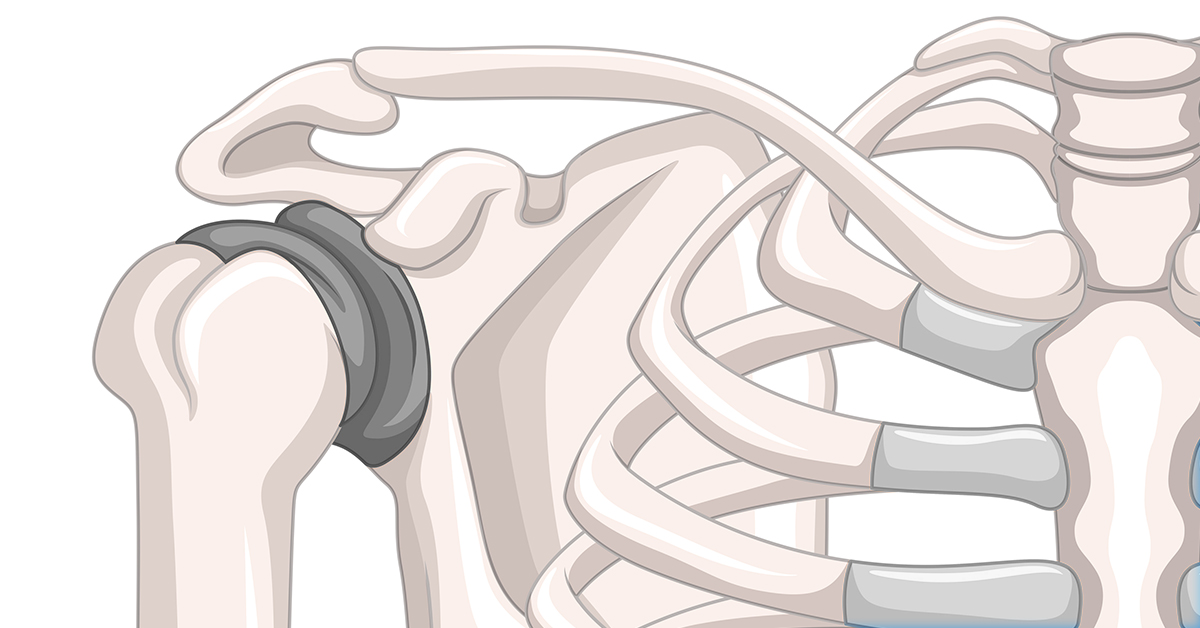
What is SLAP Tear Repair?
SLAP stands for Superior Labrum Anterior and Posterior. In simple terms, the labrum refers to the border of the cavity of the scapula called the glenoid in which sits the head of the humerus bone. It forms the shoulder joint along with other structures such as the muscles, blood vessels and nerves. The word superior refers to the topmost point of the labrum. Anterior means front and posterior means back.
The topmost point of the labrum is where the tendon of the biceps is attached. Injury to this point and the front and back of it constitutes SLAP, and repair of this area following a tear is called SLAP tear repair.
Who needs SLAP Tear Repair?
There are a number of reasons why SLAP tears occur. This can include the normal aging process, direct trauma due to a road traffic accident, dislocation of the shoulder or even a fall onto an outstretched arm. Certain sporting activities that overstress the shoulder joint can also cause this injury.
What are the steps in SLAP Tear Repair?
Preparing for the Procedure
After obtaining consent from the patient and explaining the risks and benefits, the patient is listed for the procedure. The repair is performed under general anesthetic or even under a local nerve block anesthetic. The procedure can take a few hours to complete.
Inserting the Camera and Instruments
The procedure is performed as a keyhole surgery, which is called an arthroscopic approach. A small camera is inserted into the joint to visualize it, following with the surgical instruments are used to separate the labrum from its attachment.
Performing the Procedure
The parts of the labrum that are torn are shaved off and sometimes the biceps tendon is also snipped. A small hole is made just below the top of the labrum, and a suture is passed through it and tied around the labrum, thus fixing it to the bone.
After SLAP Tear Repair
The patient is kept in hospital for observation and the arm is placed in a sling to immobilize it. Patients may be advised to wear this sling for up to 4 weeks. A physical therapist will see the patient as well to advise the patient on what can and cannot be done after the surgery, and what exercises can be performed to help strengthen the joint.
Risks of SLAP Repair
Pain can occur following the procedure, and there may be some degree of inflammation. Simple painkillers or non steroidal anti-inflammatory drugs may be helpful. Infections are rare and can be treated with antibiotics. These risks are rare, as the procedure is performed by experts who have plenty of experience. Patients report good improvement in shoulder function and a significant reduction in pain in most cases.

